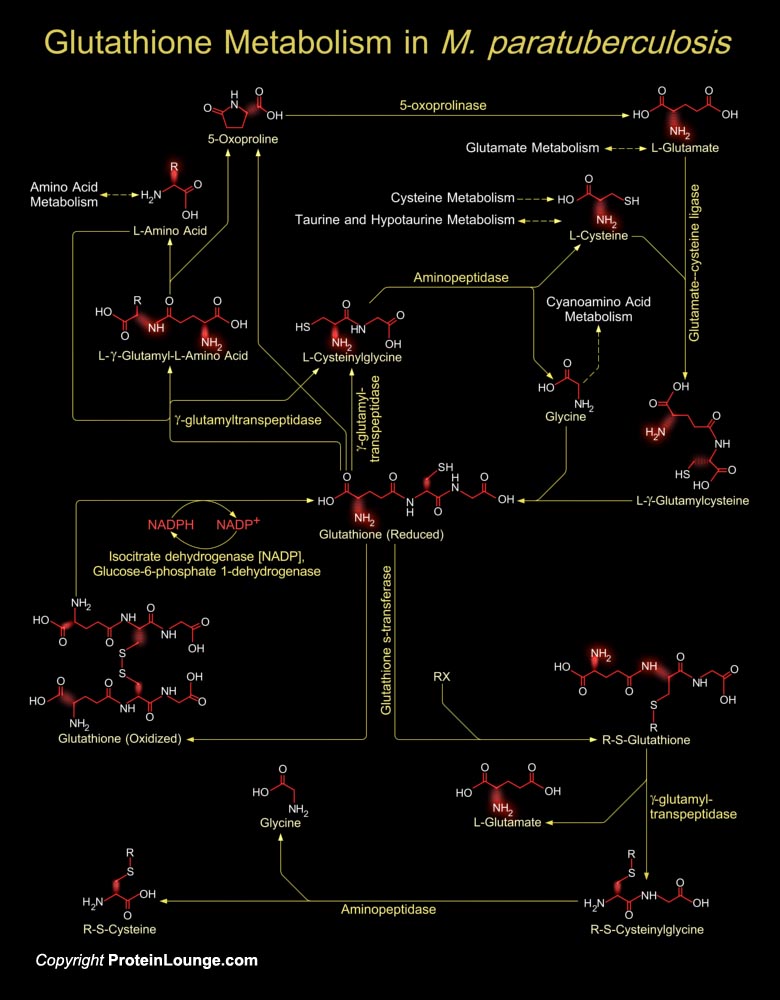
Mycobacterium avium subspecies paratuberculosis (MAP) is an obligate pathogenic bacterium in the genus Mycobacterium. It is often abbreviated M. paratuberculosis and is a part of the Mycobacterium avium complex in the genus Mycobacterium and family Mycobacteriaceae. The M. avium complex contains two clearly defined species M. avium and M intracellulare. M. paratuberculosis is a facultative intracellular, Gram-positive, acid-fast and small rod-shaped bacterium. The cell wall is thick and waxy and made up of mycolate and peptidoglycan layers held together by arabinogalactan. It causes disease primarily in ruminants like cattle, sheep, goats, deer, etc M. paratuberculosis may be spread from animal to human hosts by water and foodborne transmission routes, where the[..]

Soil-inhabiting species of Streptomyces are Gram-positive filamentous bacteria having a complex life cycle that begins with spore germination to form branched multinucleoid vegetative hyphae. The subsequent differentiation process results in formation of erect sporogenic aerial hyphae, followed by chains of unigenomic spores1. During the initiation of morphological differentiation, most Streptomyces species produce bioactive secondary metabolites, including a variety of many important antibiotics with antimicrobial, antitumor, anthelmintic and immunosuppressive activities (Ref.1). Streptomyces avermitilis is a species of bacteria in the genus Streptomyces. The first complete genome sequence of S. avermitilis was completed in 2003. The genome consists of a single[..]
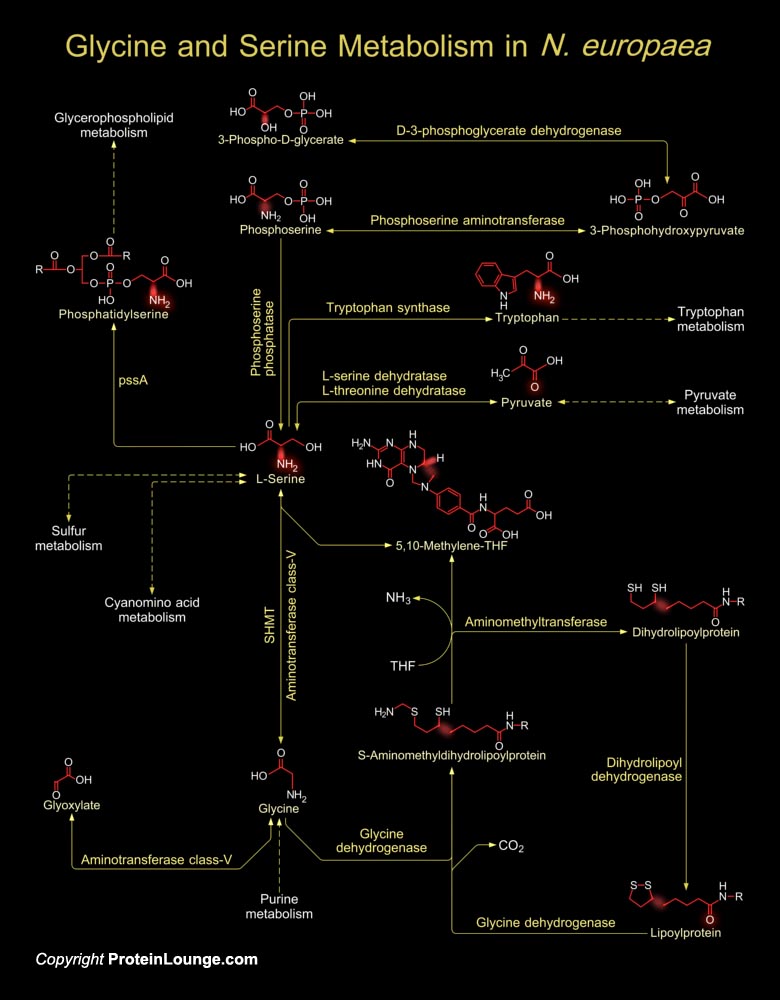
Nitrosomonas europaea is a gram-negative obligate chemolithoautotroph that can derive all its energy and reductant for growth from the oxidation of ammonia to nitrite. Nitrosomonas europaea participates in the biogeochemical N cycle in the process of nitrification. Its genome consists of a single circular chromosome of 2,812,094 bp. The cell's demand for carbon has to be met almost entirely by the fixation of carbon dioxide. Additional mineral salts complete the cell's nutritional needs. Although this bacterium can incorporate small amounts of organic compounds into cellular biomass, there is an obligate requirement for oxidation of ammonia and assimilation of inorganic nutrients to support growth. Besides, Amino acids also play an important role in[..]
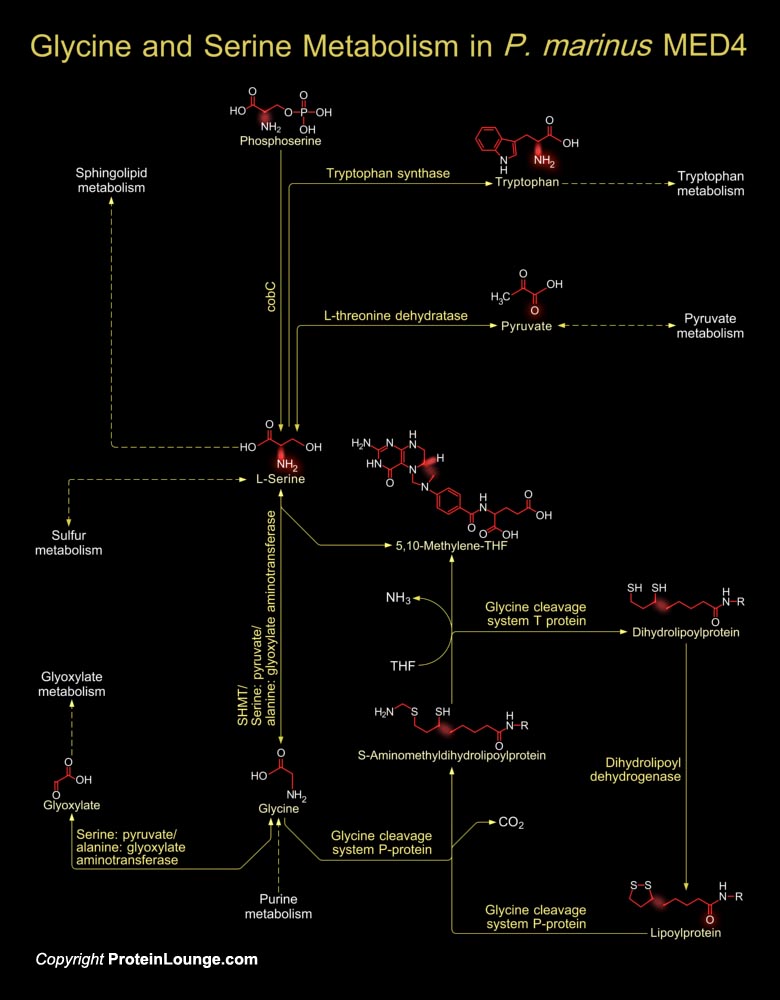
Prochlorococcus is a unicellular cyanobacterium that dominates the temperate and tropical oceans. It lacks phycobilisomes that are characteristic of cyanobacteria, and contains chlorophyll b as its major accessory pigment. This enables it to absorb blue light efficiently at the low-light intensities and blue wavelengths characteristic of the deep euphotic zone. It contributes 30-80% of the total photosynthesis in the oligotrophic oceans, and thus plays a significant role in the global carbon cycle and the Earth's climate. Prochlorococcus marinus MED4 is a member of Prochlorophytes. The genome of Prochlorococcus marinus MED4, a high-light-adapted strain, is 1,657,990 base pairs (bp). This is the smallest of any oxygenic phototroph—significantly smaller than[..]
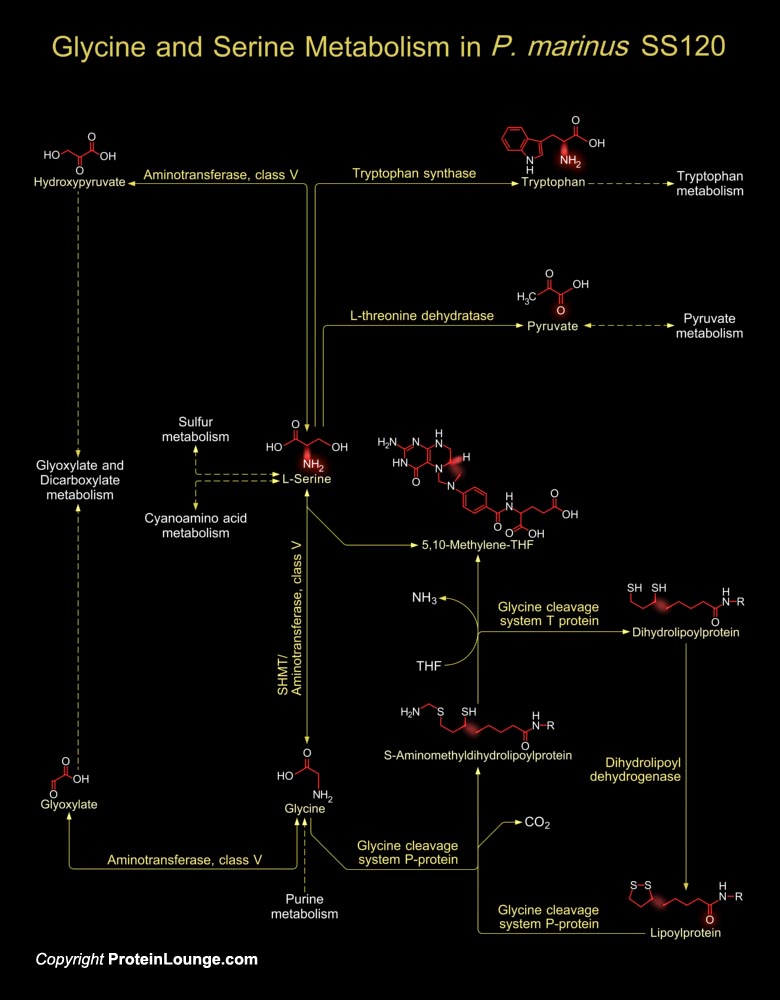
The marine unicellular Cyanobacterium Prochlorococcus is the smallest-known oxygen-evolving autotroph. Prochlorococcus marinus, the dominant photosynthetic organism in the ocean, is found in two main ecological forms: high-light-adapted genotypes in the upper part of the water column and low-light-adapted genotypes at the bottom of the illuminated layer. P. marinus SS120, the complete genome sequence reported here, is an extremely low-light-adapted form. The genome of P. marinus SS120 is composed of a single circular chromosome of 1,751,080 bp with an average G+C content of 36.4%. It contains 1,884 predicted protein-coding genes with an average size of 825 bp, a single rRNA operon, and 40 tRNA genes. It lacks many genes that are involved in photosynthesis, DNA repair,[..]
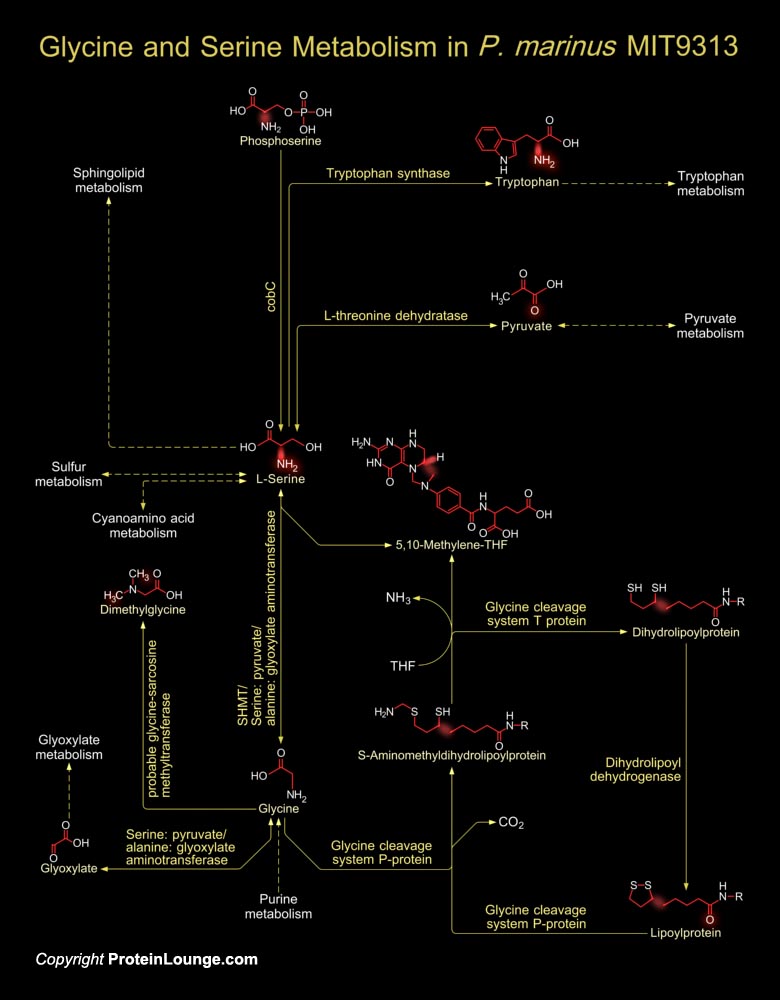
The marine unicellular Cyanobacterium Prochlorococcus is the smallest-known oxygen-evolving autotroph. It numerically dominates the phytoplankton in the tropical and subtropical oceans, and is responsible for a significant fraction of global photosynthesis. Prochlorococcus marinus lacks phycobilisomes that are characteristic of Cyanobacteria, and contains Chlorophyll b as its major accessory pigment. This enables it to absorb blue light efficiently at the low-light intensities and blue wavelengths characteristic of the deep euphotic zone. It contributes 30-80% of the total photosynthesis in the oligotrophic oceans, and thus plays a significant role in the global carbon cycle and the Earth's climate. Prochlorococcus marinus MIT9313 is a member of Prochlorophytes The[..]
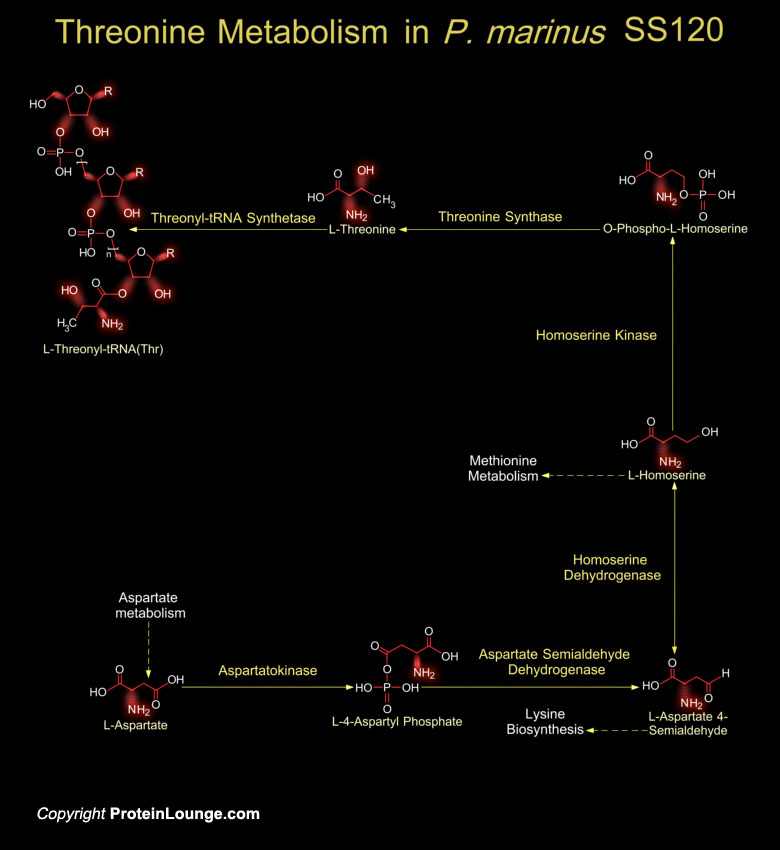
The marine unicellular Cyanobacterium Prochlorococcus is the smallest-known oxygen-evolving autotroph. Prochlorococcus marinus, the dominant photosynthetic organism in the ocean, is found in two main ecological forms: high-light-adapted genotypes in the upper part of the water column and low-light-adapted genotypes at the bottom of the illuminated layer. P. marinus SS120, the complete genome sequence reported here, is an extremely low-light-adapted form. The genome of P. marinus SS120 is composed of a single circular chromosome of 1,751,080 bp with an average G+C content of 36.4%. It contains 1,884 predicted protein-coding genes with an average size of 825 bp, a single rRNA operon, and 40 tRNA genes. It lacks many genes that are involved in photosynthesis, DNA repair,[..]
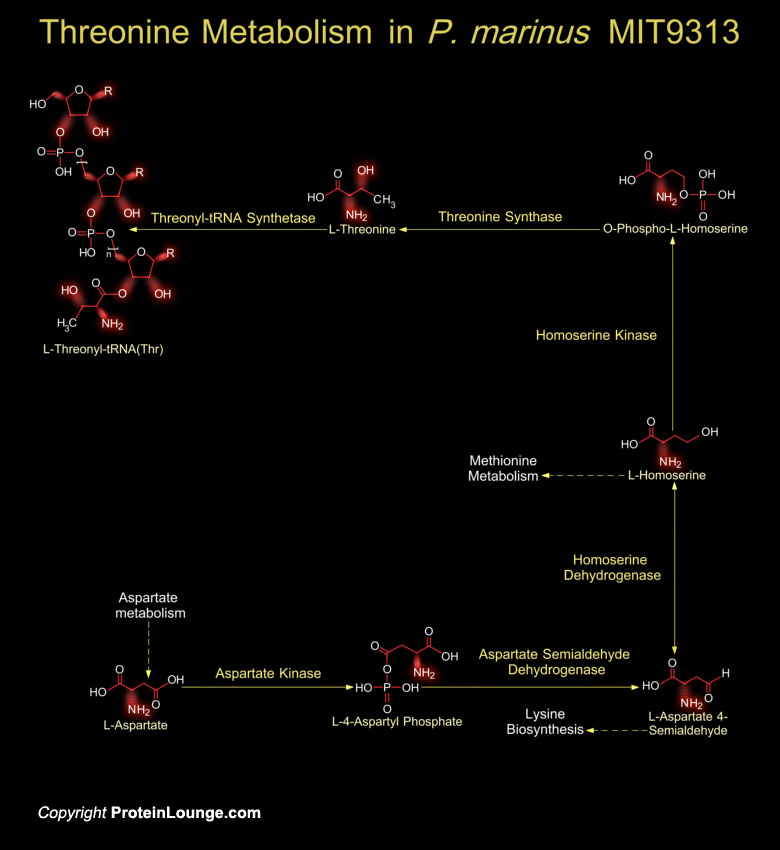
The marine unicellular cyanobacterium Prochlorococcus is the smallest-known oxygen-evolving autotroph. It numerically dominates the phytoplankton in the tropical and subtropical oceans, and is responsible for a significant fraction of global photosynthesis. Prochlorococcus marinus lacks phycobilisomes that are characteristic of cyanobacteria, and contains chlorophyll b as its major accessory pigment. This enables it to absorb blue light efficiently at the low-light intensities and blue wavelengths characteristic of the deep euphotic zone. It contributes 30-80% of the total photosynthesis in the oligotrophic oceans, and thus plays a significant role in the global carbon cycle and the Earth's climate. Prochlorococcus marinus MIT9313 is a member of Prochlorophytes The[..]
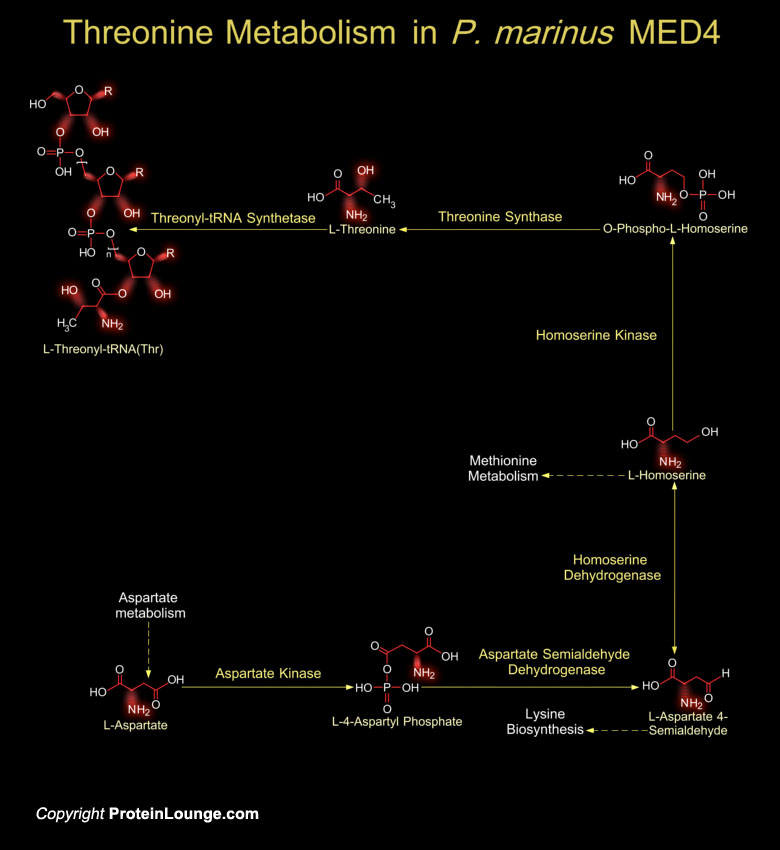
Prochlorococcus is a unicellular cyanobacterium that dominates the temperate and tropical oceans. It lacks phycobilisomes that are characteristic of cyanobacteria, and contains chlorophyll b as its major accessory pigment. This enables it to absorb blue light efficiently at the low-light intensities and blue wavelengths characteristic of the deep euphotic zone. It contributes 30-80% of the total photosynthesis in the oligotrophic oceans, and thus plays a significant role in the global carbon cycle and the Earth's climate. Prochlorococcus marinus MED4 is a member of Prochlorophytes. The genome of Prochlorococcus MED4, a high-light-adapted strain, is 1,657,990 base pairs (bp). This is the smallest of any oxygenic phototroph—significantly smaller than[..]
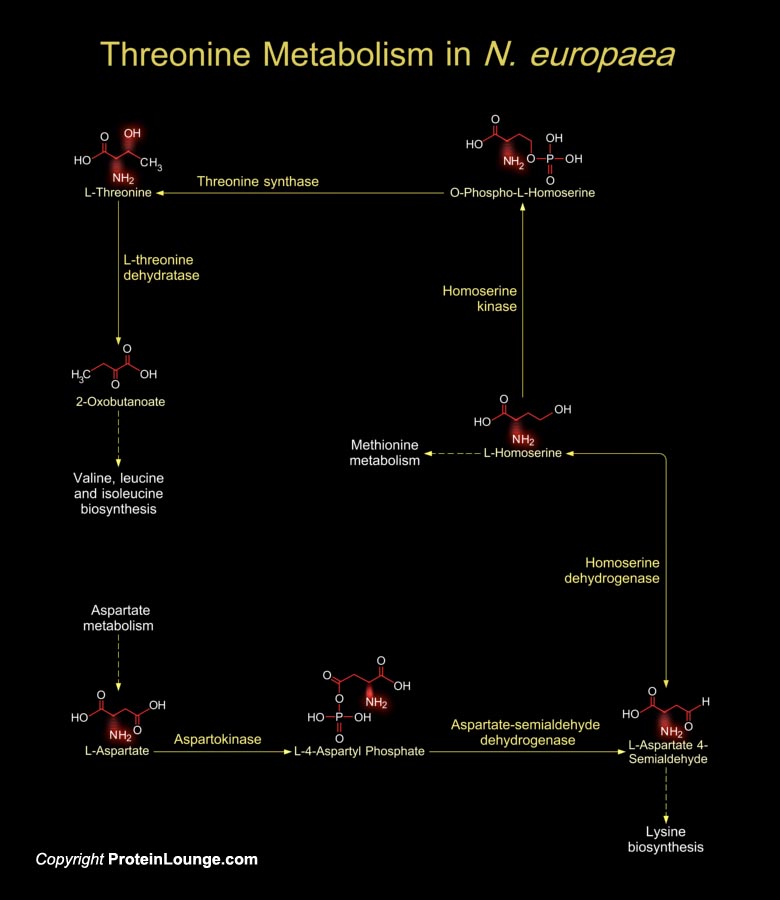
Nitrosomonas europaea is a gram-negative obligate chemolithoautotroph that can derive all its energy and reductant for growth from the oxidation of ammonia to nitrite. Nitrosomonas europaea participates in the biogeochemical N cycle in the process of nitrification. It lives in several places such as soil, sewage, freshwater, the walls of buildings and on the surface of monuments especially in polluted areas where air contains high levels of nitrogen compounds. This microbe prefers an optimum pH of 6.0-9.0, fairly neutral conditions, has an aerobic metabolism and prefers a temperature range of 20-30 degrees centigrade. Most are motile with flagella located in the Polar Regions although some species are nonmotile. The cell's demand for carbon has to be met almost[..]
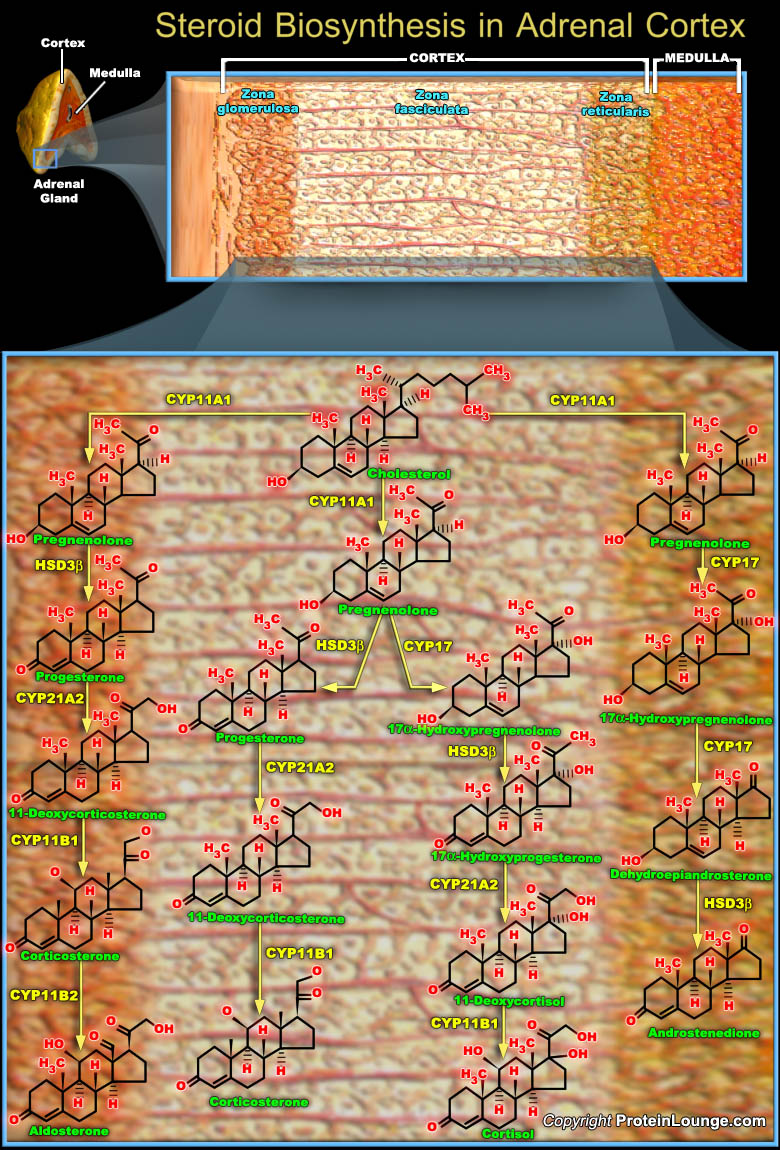
Steroid hormones are lipophilic, low-molecular weight compounds derived from Cholesterol that play important physiological roles. The steroid hormones are synthesized mainly by Endocrine Glands such as the the Adrenal Cortex and the Gonads (Ovary and Testes), and are then released into the blood circulation. There are five major classes of steroid hormones. They are the (i) Glucocorticoids (Anti-Stress Hormones), Cortisol is the major representative in most mammals; Mineralocorticoids (Na+ Uptake Regulators), Aldosterone being most prominent; Androgens (Male Sex Hormones), such as Testosterone; Estrogens (Female Sex Hormones), including Estrodiol and Estrone; and, Progestogens (Progestational hormones), such as Progesterone. The Adrenal Cortex is responsible for[..]
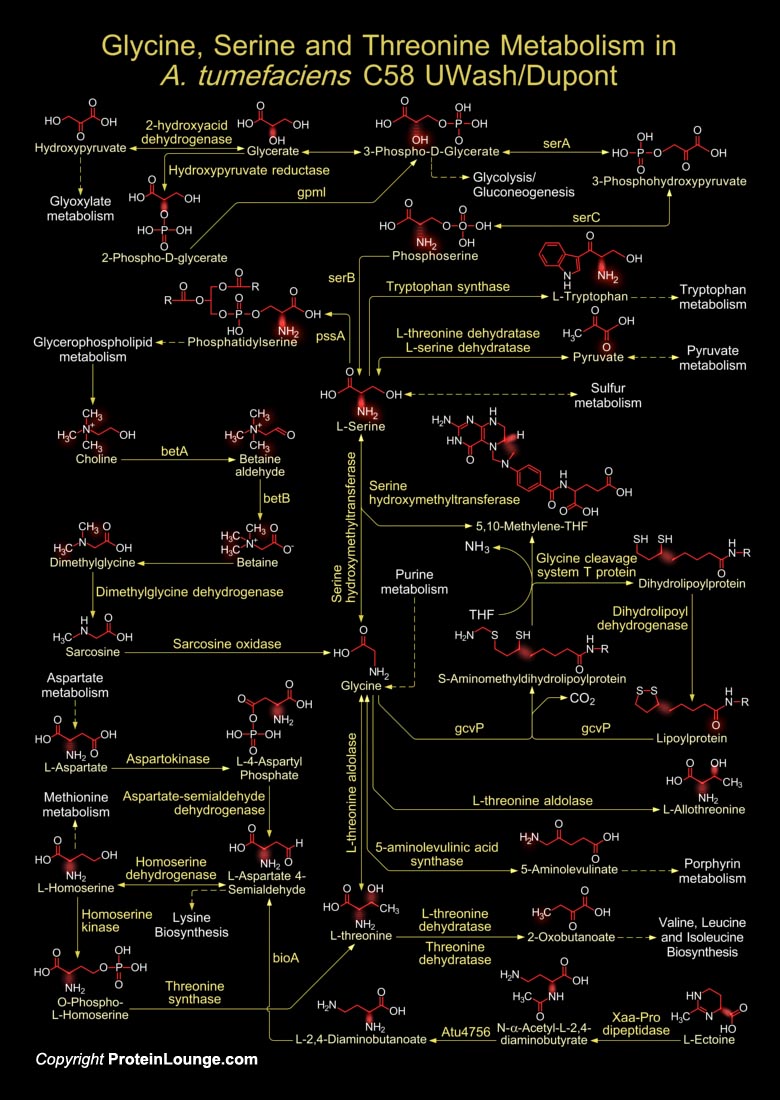
A. tumefaciens (Agrobacterium tumefaciens) is a species of bacteria that causes tumors (commonly known as ‘Galls’ or ‘Crown Galls’) in dicots. This Gram-negative bacterium form Crown Gall by inserting a small segment of DNA (known as the T-DNA, for ‘Transfer DNA’) into the plant cell, which is incorporated at a semi-random location into the plant genome. The T-DNA contains genes encoding enzymes that cause the plant to create specialized sugars which the bacteria metabolize to form Opines. Agrobacterium is an Alpha-Proteobacterium of the family Rhizobiaceae and are parasitic to the plant. A. tumefaciens C58 is the first fully sequenced pathovar isolated from a Cherry tree Crown Gall. The genome of A. tumefaciens C58 consists of a[..]

